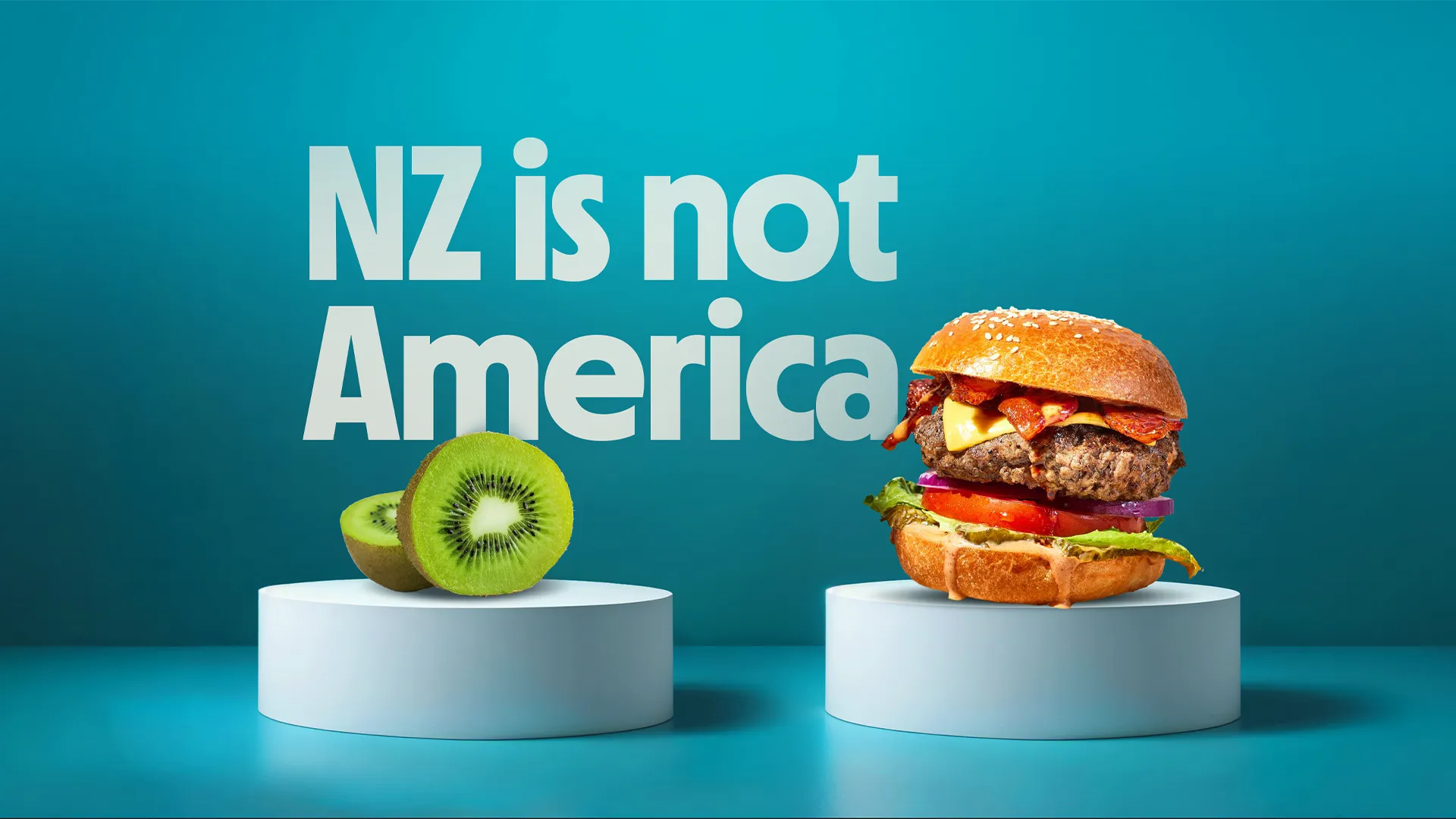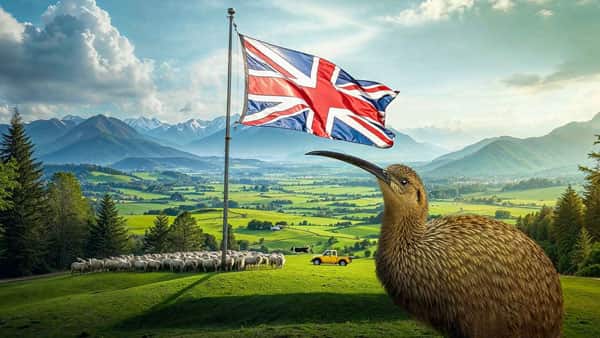New Zealand is not America

New Zealand isn’t a smaller version of the US - and it’s time we stopped planning like it is.

New Zealand is not America
New Zealand isn’t a smaller version of the US - and it’s time we stopped planning like it is.
In Aotearoa:
- Linear TV still commands 56.6% of total viewing
- Add BVOD, and that rises to 64.9%
- YouTube sits at just 15%
- Kiwi viewers watch 3.5 hours of TV every day
These aren’t just statistics - they’re a reality check. And yet, like clockwork, pitch decks land in New Zealand armed with glossy global graphs and American case studies, like someone copy-pasted their media plan from Manhattan and hoped we wouldn’t notice the accent.
We’re not a test market. We’re not a clone. And we’re definitely not a smaller version of somewhere else.
Despite what Google and other multinationals would like you to believe, New Zealand’s media landscape isn’t just different from the US - it’s a world apart.
The US is the outlier, not the benchmark
The United States is the biggest advertising market in the world. Loud, lavish, and built for scale. So yes, American data gets stage time. It fills conferences, fuels headlines, and ends up in slide decks from consultants who’ve never bought a media schedule south of the equator.
But when it comes to television, the US is not the benchmark. It’s the outlier.
Their entire video ecosystem is shaped by cable television. Viewers got sick of paying for bundles they didn’t want, so they cut the cord - and streaming took off. It’s a very American story. Netflix to the rescue. YouTube everywhere. NFL on demand.
New Zealand’s story is different
Here in Aotearoa, we never had the same problem. Our TV was free-to-air, easy to access, and proudly local. The shift we’ve seen hasn’t been a rebellion - it’s been an upgrade. From linear to BVOD. From ‘7.30 sharp’ to ‘whenever you like’. Same broadcasters. Same trust. Evolved formats.
As Justin Lebbon, founder of the Future of TV Advertising Forum, puts it:
“TV in the US looks, feels, and functions very differently compared with the rest of the world… the strategic approach to TV advertising varies significantly across markets.”
Comparing New Zealand to the US is like comparing pavlova to pumpkin pie - one’s a national treasure, the other’s something you eat at Thanksgiving. Same category, completely different experience.
Beware the global myths
And yet, time and again, we’re handed global narratives dressed as universal truths. Nielsen’s ‘The Gauge’ chart is often cited - and in its US version, YouTube tops the leaderboard. But apply that lens to New Zealand and the numbers look very different.
Here, YouTube sits at just 15% of total viewing - well behind linear TV and BVOD combined. And only some of that YouTube inventory is actually open to advertisers. It’s not the same product here - and pretending it is helps no one.
Meanwhile, New Zealand viewers average 3.5 hours of TV every day. That’s not a rounding error - that’s the audience most brands are trying to reach.
Even the ad experience is cleaner. While the US loads up to 22 minutes of ads per hour, our broadcasters limit it to around 11 - with restrictions on advertising to children and on some public holidays. We’re picky - on purpose. Because it works.

It’s not old vs new. It’s right vs wrong.
Of course, YouTube has a role to play. It’s efficient, it’s fast, and it absolutely delivers value for certain objectives. But when American data is used to justify its dominance in a market like ours? That’s not strategy - it’s spreadsheet theatre.
This isn’t about old versus new. It’s about right versus wrong.
Because when you plan media off the wrong model, you don’t just miss your mark - you misread the entire market. You waste budget. You weaken impact. And worst of all, you lose cultural connection.
To quote Joseph Nye, the man who coined the term *soft power*:
“American culture has done more to maintain US dominance than its military.”
But myth is also part of culture. And one of the most persistent myths in advertising is that what works in the US will automatically work everywhere else.
It won’t.
The local advantage
In New Zealand:
- TV reaches 3.1 million people a week
- It delivers stronger attention and memorability
- It drives profit faster and sustains it longer
- It outperforms every other medium on ROI
We’re not behind. We’re not basic. And we’re definitely not an afterthought.
We’re built differently - and that’s exactly why we outperform.
Local context. Local trust. Local results. Plan for reality - not mythology - and you’ll get the outcomes the global charts keep promising.





